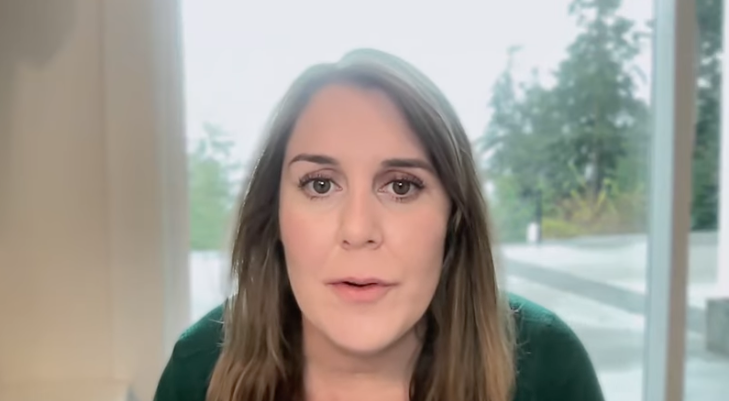In this diagram, you will note that the types of aphasia are further broken into “fluent” and “nonfluent” categories. A person with Fluent Aphasia may have speech that sounds smooth with natural rhythm and intonation, but words that may not make sense. This is challenging, as this individual could be using long sentences and not realize that they are not making sense. Comprehension is the real struggle with fluent aphasias. A person with Nonfluent Aphasia may struggle to form complete sentences, leave out small words, and mix up terms for people or items. Their speech can be hesitant and effortful. Because they generally have a better understanding, however, they can become more frustrated as they know they are not getting the words out that they intend.
We understand that many of these terms will be new to you as you begin an aphasia journey, so we have compiled a glossary with information that is both informative and accessible.




